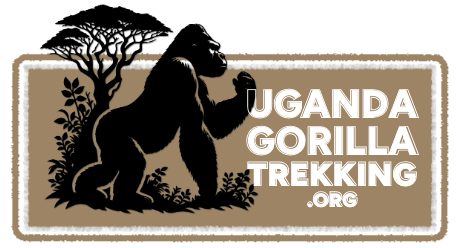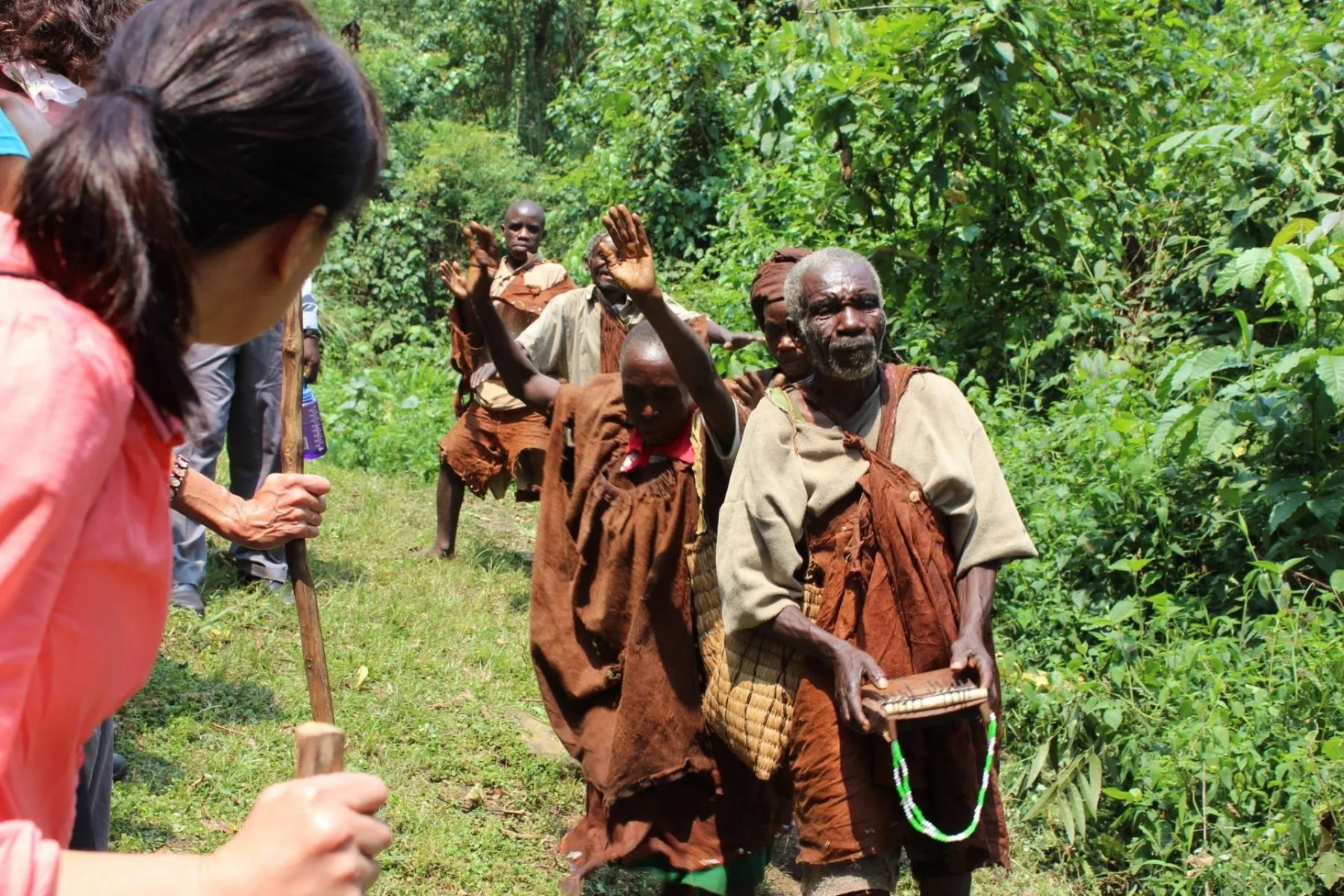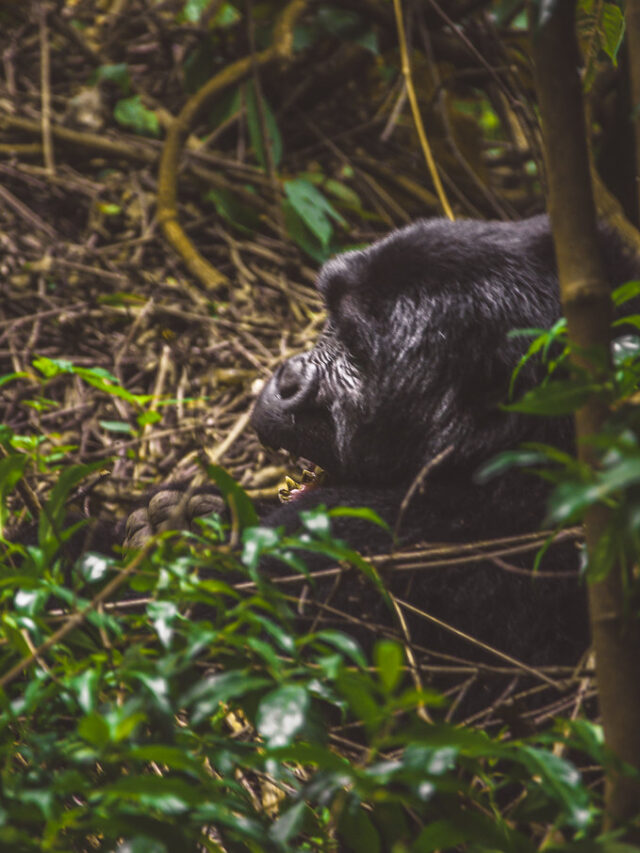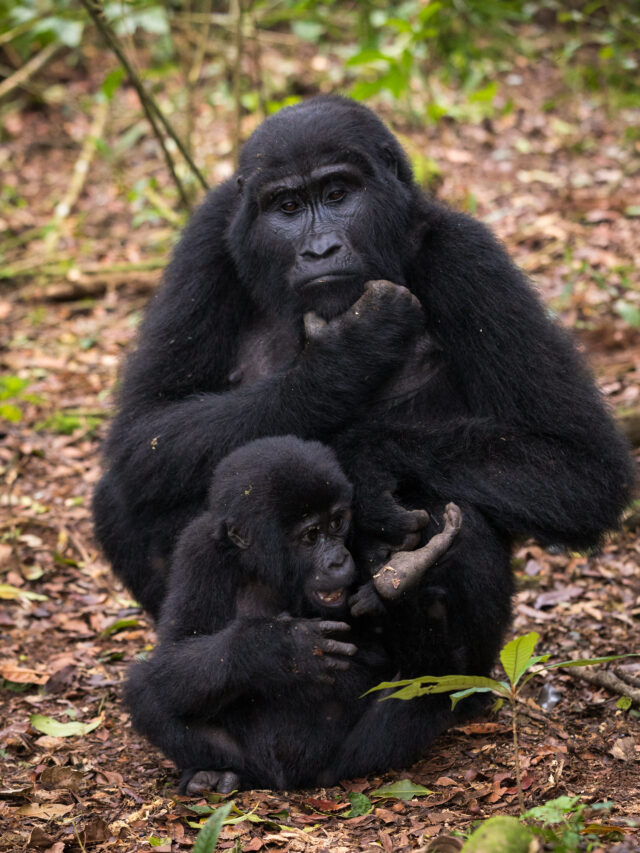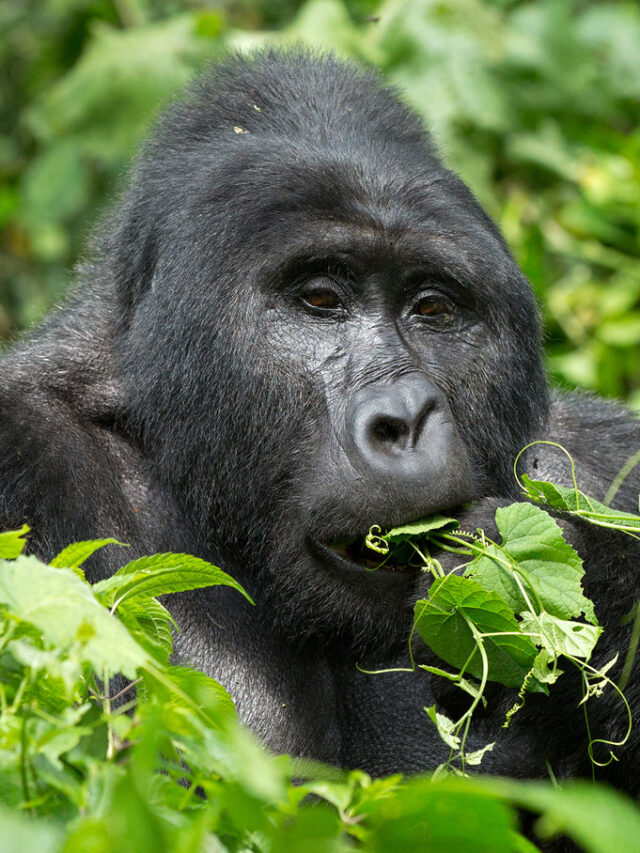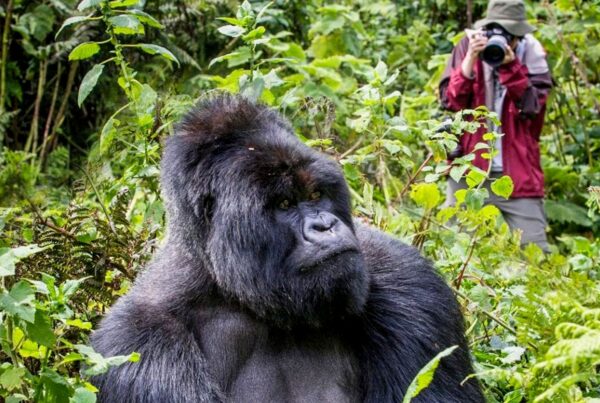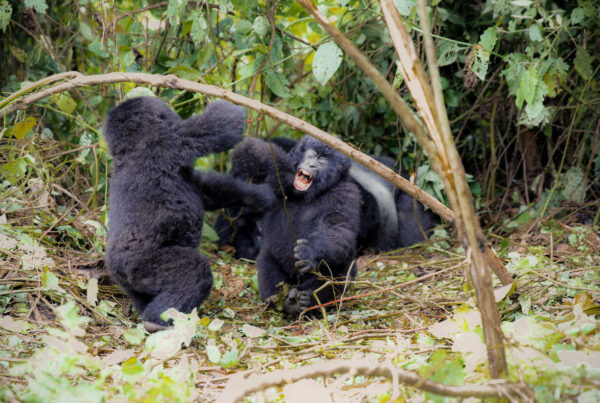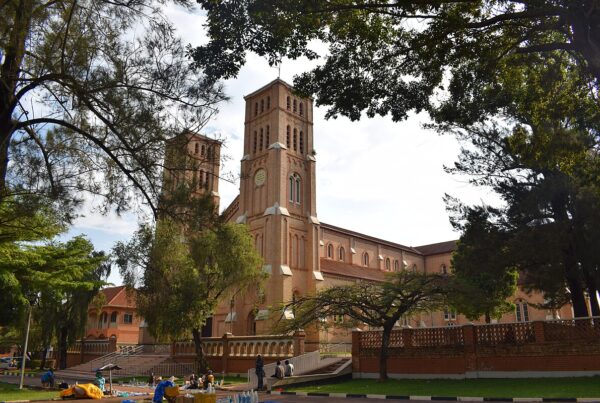How to Plan the Batwa Cultural Experience: A Journey into Uganda’s Ancient Forest Heritage
Tucked deep within the highland rainforests of southwestern Uganda, the Batwa Cultural Experience is more than just a cultural activity—it’s a window into a vanishing world, a powerful and respectful encounter with one of Africa’s oldest forest-dwelling communities. Planning this experience isn’t like booking an ordinary tour; it’s about preparing for a deeply human, emotional, and eye-opening journey. Whether you’re visiting Bwindi Impenetrable National Park for gorilla trekking or seeking to understand the people who once lived in harmony with the forest, the Batwa experience will leave an imprint on your soul.
Here’s how to plan it properly—step by step—with realism, sensitivity, and respect.
Understanding Who the Batwa Are
Before diving into logistics, it’s essential to understand who the Batwa are and why their story matters. The Batwa are Indigenous hunter-gatherers who once lived exclusively in the dense rainforests of Uganda, Rwanda, and the DRC. For generations, they survived by foraging, hunting small animals, and living off the land—until the creation of protected parks like Bwindi and Mgahinga in the 1990s, which led to their forced eviction from ancestral lands in the name of conservation.
Today, most Batwa live on the margins of society—economically and socially disadvantaged. However, cultural tourism experiences now offer them an opportunity to reclaim and share their traditions, educate visitors, and earn income through storytelling, music, and reenactments of forest life.
Planning the Batwa Cultural Experience responsibly means acknowledging this background and approaching the tour not just as a performance, but as a living act of cultural resilience.
Choosing Where to Go: Bwindi or Mgahinga?
The Batwa Experience is offered in both Bwindi Impenetrable National Park and Mgahinga Gorilla National Park, but each location offers a slightly different flavor:
In Mgahinga, the Batwa Trail is led by Batwa guides themselves, trained by the Uganda Wildlife Authority. It includes a hike through the forest, where you learn firsthand how the Batwa hunted, gathered, and worshipped in sacred caves like Garama Cave. This experience is immersive and more physically engaging.
In Bwindi, especially in the Buhoma and Nkuringo sectors, the experience is more of a community-based cultural tour, involving storytelling, traditional music, fire-making, and dance in a recreated forest setting. It’s equally rich but may be less physically demanding.
Both are authentic and valuable. Your choice should depend on your base location, time, and interest in either a trekking-style trail or interactive village immersion.
When and How to Book the Batwa Experience
The Batwa Cultural Experience is best booked in advance through a reputable tour operator, your lodge, or local community tourism offices. While some lodges include the activity in multi-day itineraries, it can also be added as a standalone cultural add-on after gorilla trekking.
Booking early ensures that:
- You get a certified, community-endorsed experience.
- Your fee goes directly to the Batwa guides and community.
- Logistical arrangements (guides, translators, transportation if needed) are well handled.
Most experiences run in the morning or early afternoon, and take about 2 to 4 hours, depending on the depth of the program and location.
What to Expect During the Experience
Expect an emotional and educational journey. Batwa guides often lead you through a mix of storytelling, demonstration, and physical activities. You’ll learn how they:
- Lit fires without matches,
- Hunted with bows and spears,
- Collected medicinal plants,
- Made homes from leaves and bark,
- And sang traditional songs to mark events of daily life.
In some places, you may be invited to enter a sacred cave or sit beneath the same trees where Batwa elders once held councils. The most powerful part of the experience, however, often lies in the quiet stories—how their lives changed after being displaced, and how they’re fighting to keep their identity alive despite modern pressures.
Photography is allowed in most cases, but always ask for permission—both as a courtesy and a cultural respect.
What to Bring and How to Prepare
To make the most of your Batwa cultural journey:
- Wear comfortable shoes if you’re going on the forest trail.
- Carry water, sunscreen, and a hat.
- Bring a light rain jacket—weather in the highlands is unpredictable.
- Have cash on hand in small bills in case you want to tip or buy handmade crafts.
And most importantly, bring an open mind and heart. The stories you hear may challenge your assumptions about conservation, culture, and survival.
Why the Batwa Cultural Experience Matters
This isn’t just a cultural show. It’s living memory, resistance, and hope—performed with dignity by people who are reclaiming their place in the conservation dialogue. Participating in the Batwa Experience gives voice to those who were historically excluded, and it helps visitors see that protecting forests should never come at the cost of Indigenous lives and knowledge.
In the end, planning the Batwa Experience is not just about filling a slot in your itinerary—it’s about making your travel meaningful, connected, and deeply human.
